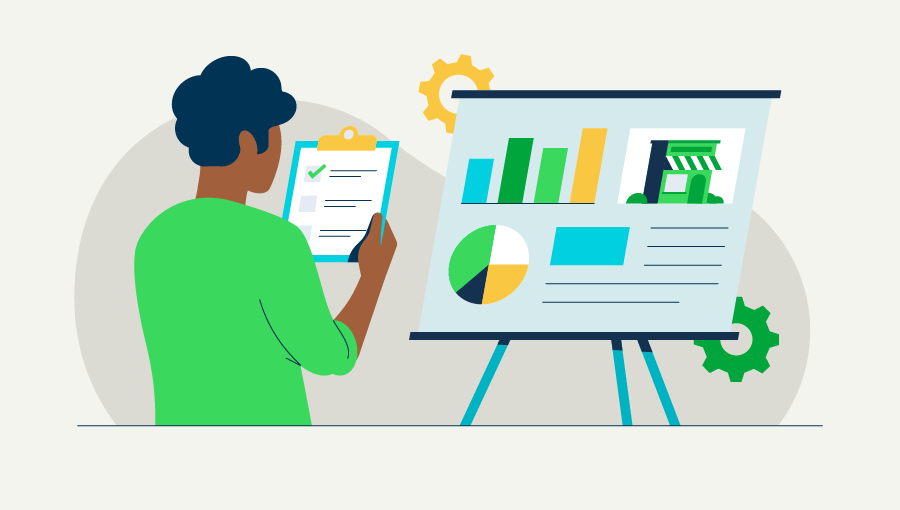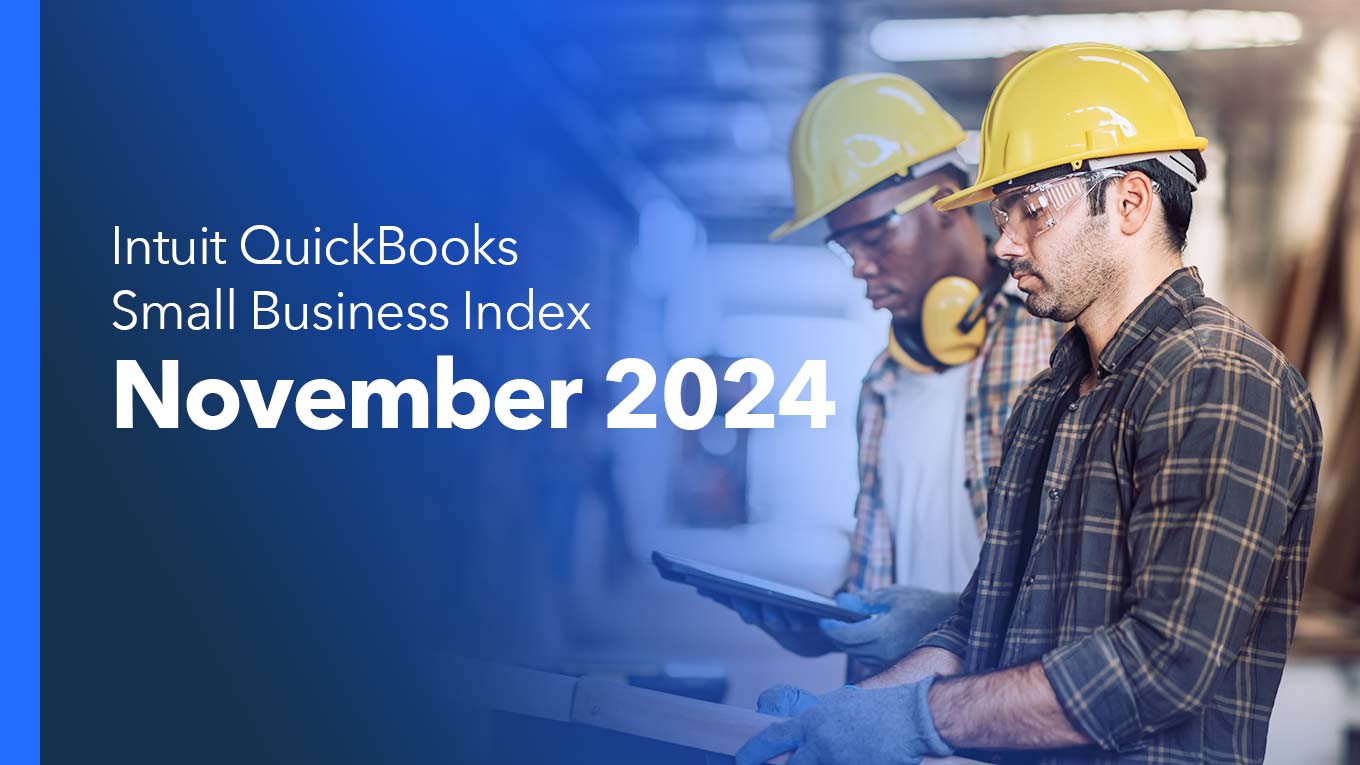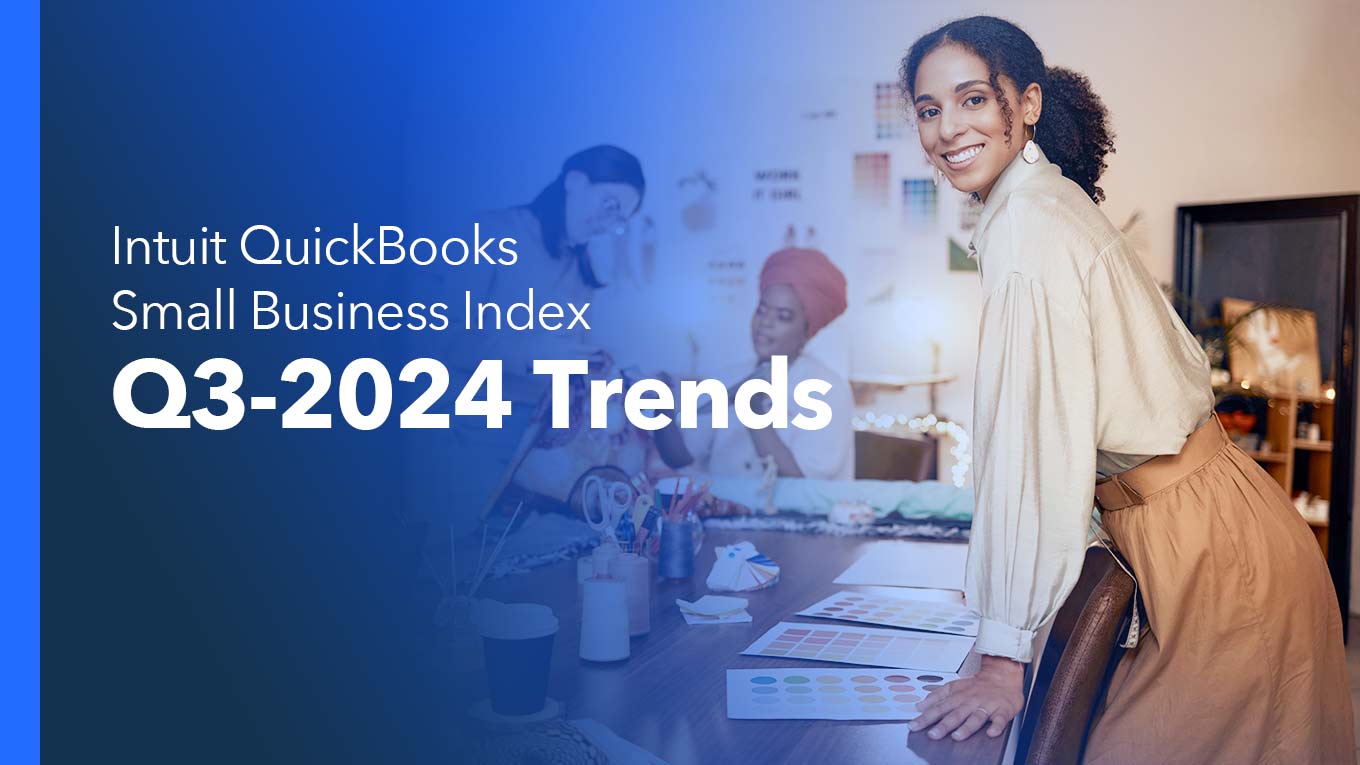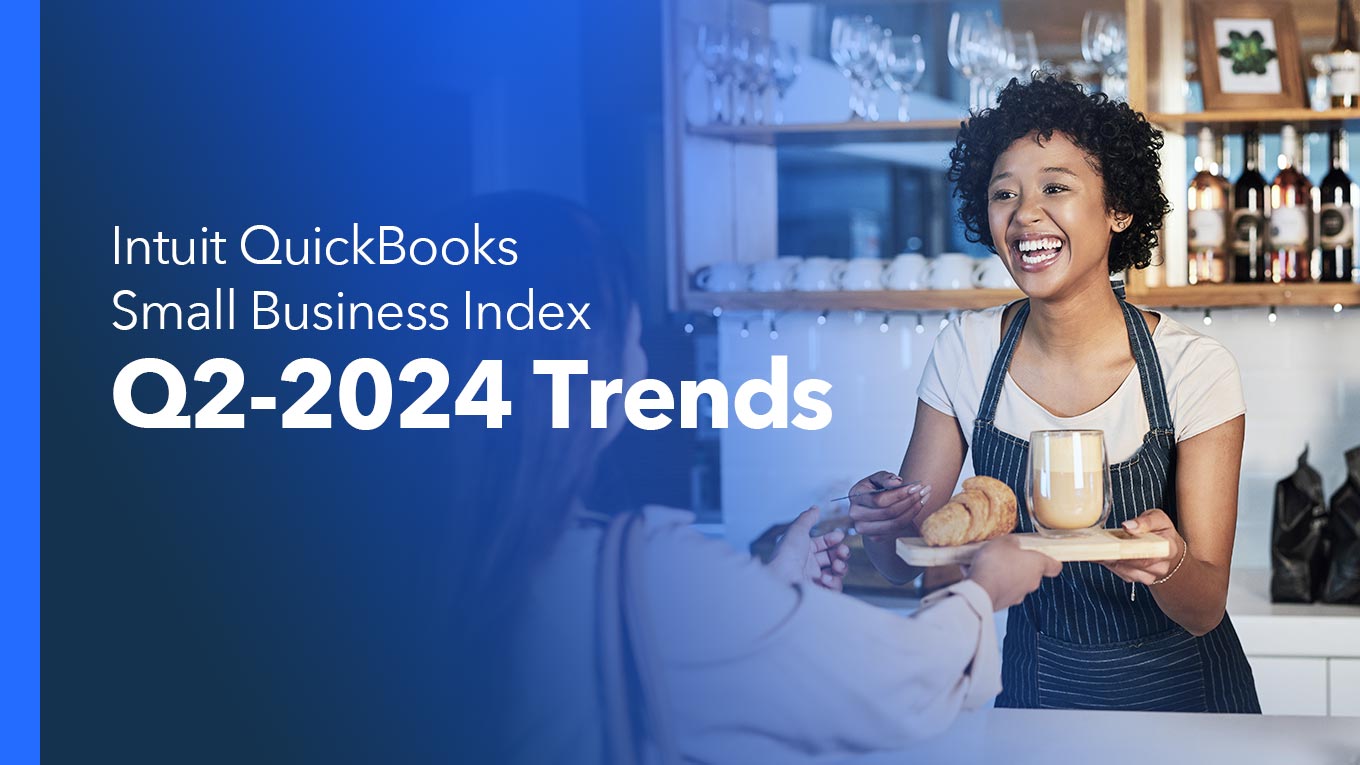About the Small Business Index
The Intuit QuickBooks Small Business Index is powered by anonymized data from 557,000 QuickBooks customers, official statistics, and robust economic models developed by Prof. Ufuk Akcigit (University of Chicago) and a team of independent economists. For monthly updates, use the sign-up form above or check the publication calendar.
By combining official statistics with more up-to-date administrative data from small businesses, the Small Business Index provides reliable monthly estimates of:
- US: Average revenue and total employment at small businesses with 1 to 9 employees at the national, regional, and sector levels; and for 20 states.
- Canada: Total employment at small businesses with 1 to 19 employees at the national, regional, and sector levels.
- UK: Total employment and total job vacancies at small businesses with 1 to 9 employees at the national, regional, and sector levels.
How the Small Business Index works
The Small Business Index is a collaboration between Intuit QuickBooks and an international team of economists led by Professor Ufuk Akcigit, the Arnold C. Harberger Professor of Economics at the University of Chicago. It uses administrative data from anonymized QuickBooks Payroll and QuickBooks Online accounting records (not survey data) in combination with official statistics from the U.S. Bureau of Labor Statistics, Statistics Canada, and the UK’s Office for National Statistics. This ensures the Index reflects the general population of small businesses in each country, not the performance of QuickBooks customers or Intuit’s business. The total worldwide sample is 557,000 small businesses.
- US: 444,000 small businesses using QuickBooks Payroll (employment index); 300,000 small businesses using both QuickBooks Payroll and QuickBooks Online (revenue index).
- Canada: 87,000 small businesses using QuickBooks Payroll (employment index).
- UK: 26,000 small businesses using QuickBooks Payroll (employment index).
Read more about the sample and data sources in the Small Business Index methodology.
Why the Small Business Index is needed
The primary benefits of the Small Business Index are its frequency, reliability, and unparalleled focus on small businesses. The Index shows how small businesses are reacting to the economy before other statistics are available. For example, in the US, official statistics on small business employment have a time lag of up to nine months. With the Small Business Index, the time lag is cut to just a few days.
Small businesses are vital to the health of the economy but often underrepresented in economic data. By shining a brighter light on small businesses, we want to boost their growth and remove barriers to success. This matters. Did you know, 1 in 10 US jobs are provided by small businesses with fewer than 10 employees?
Get the answers to Frequently Asked Questions about the Small Business Index.
















